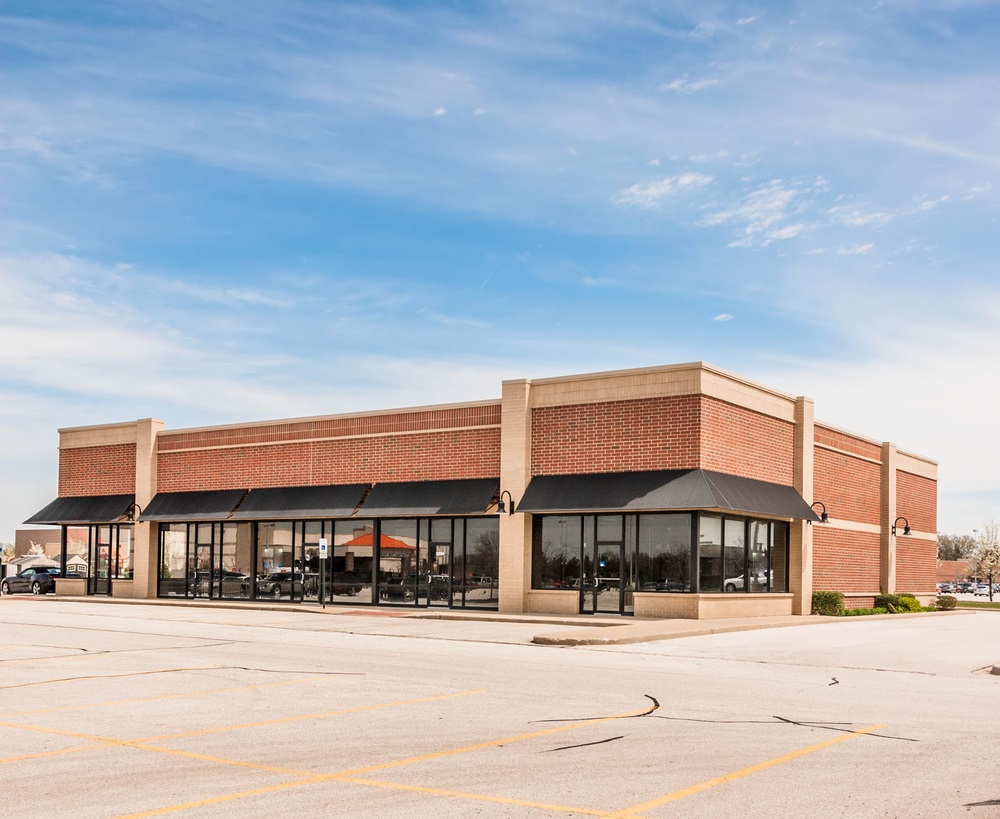Beware of the Ordinary Wear & Tear Clause in a Commercial Lease
Many landlords and tenants, when negotiating a commercial lease, fail to appreciate the implications of incorporating certain “standard” provisions into the lease. Many unfortunately take comfort in boilerplate language that either of the parties (usually the landlord) used in prior leases. While such an approach may make for an uncomplicated lease drafting process (assuming the tenant is of the same mind), it could prove ultimately to be a rather expensive approach to managing the leasing process once the term ends and disputes arise over the condition in which the tenant has left the premises.
One very good example can be found in the usual wear and tear provision contained in most off-the-shelf commercial leases. These clauses usually provide that the tenant will return the premises in good repair, excepting normal wear and tear. While that is all well and good, the language does not come close to articulating either party’s respective rights or responsibilities as they relate to the wear and tear of the leased premises. Because of the lack of detail contained in many “wear and tear” clauses, the landlord and tenant may very well end up investing a lot of time and money to address issues that could have been more efficiently (i.e. cheaply) addressed at the lease negotiation stage.
The term “reasonable wear and tear” is a fluid phrase, the meaning of which must be interpreted in light of the initial condition of the premises and the use of the premises proposed by the tenant. For example, burns and ink stains do not constitute reasonable wear and tear in an office space. On the other hand, noticeable residues of oil and grease which cost the landlord considerable sums to clean are considered reasonable wear and tear where the premises were leased for use as an automotive repair shop. Unfortunately for the parties involved in these cases, they had to spend time and money in court in order to have their respective rights under the wear and tear clause determined.
It is at the negotiation stage that landlords can protect themselves in the event the tenant’s proposed use will result in significant wear and tear at the conclusion of the lease term by accounting for any abnormal wear and tear to the premises. Similarly, a tenant will want to be aware up front what its obligations will be with respect to any repair and restoration required at the end of the term. Thus, it is extremely important for landlords and tenants to ensure that the wear and tear clauses in their leases are tailored specifically to the use to which the tenant will put the premises.




